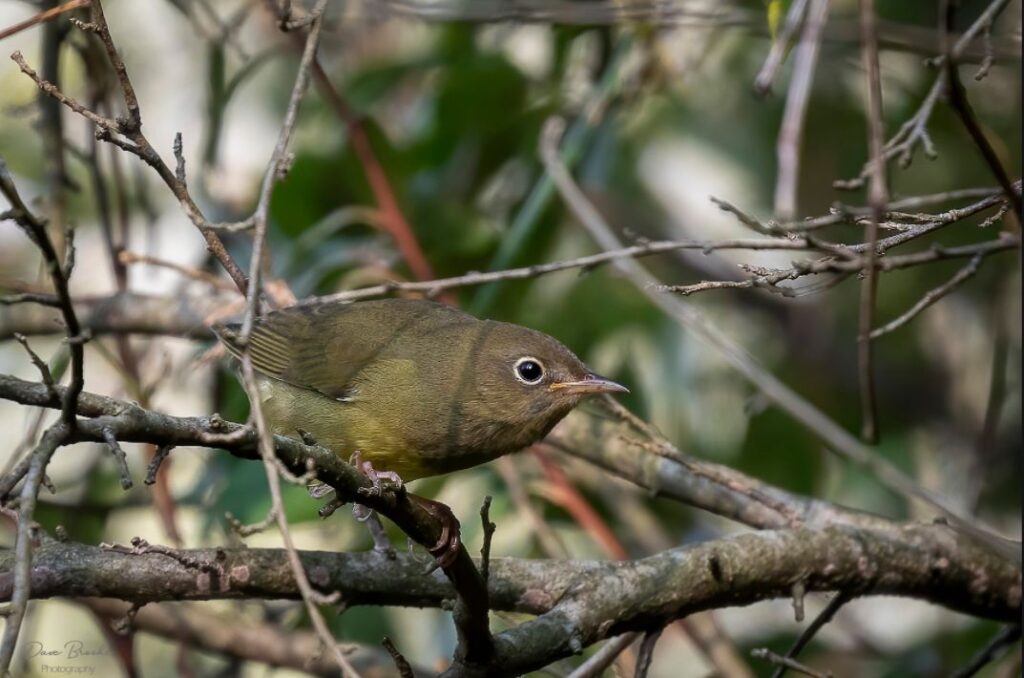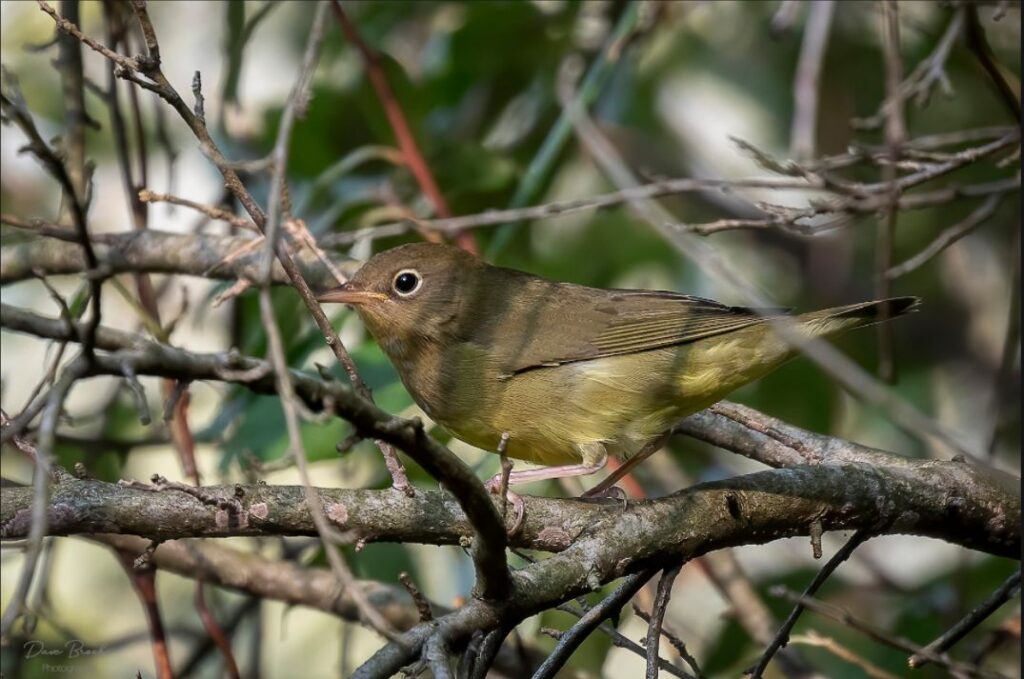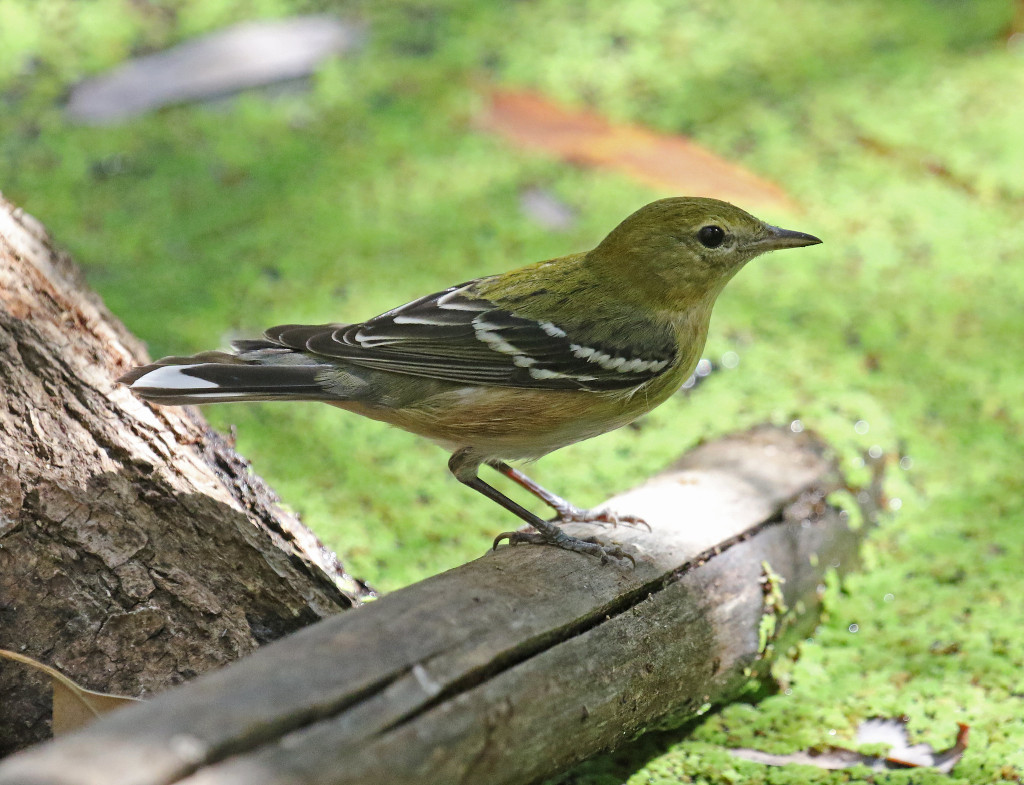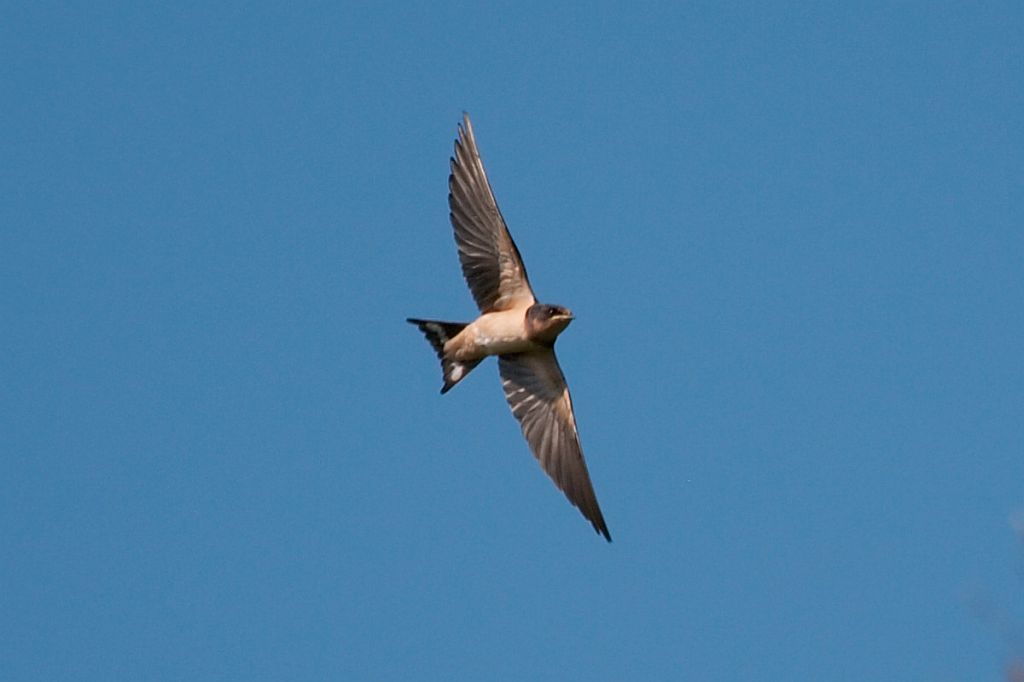
We’ve all heard of rare birds but what makes a bird rare?
By definition a bird is rare if it is very hard to find due to location, time of year, or low population. If it is far out of its normal range or seen at a time of year when it shouldn’t be there the bird is marked rare by eBird. To make it more challenging, some low population species are very secretive and live in dense habitat, thus are rarely seen(*).
Here are some recent examples.
Rare In Many Ways: Connecticut Warbler at Harrison Hills County Park, Allegheny County, PA on 24-26 Sept 2020

The Connecticut Warbler (Oporornis agilis) is rare because …
- It is not abundant anywhere and its population is declining.
- It is very hard to find and to see — even when you know exactly where it is — because Connecticut warblers are extremely secretive, foraging quietly in dense underbrush and rarely popping into view.
- In most of North America it is seen only on migration so it’s present for only a day or three. (range map here)
Finding a Connecticut warbler requires luck and patience and more luck. Dave Brooke had all of those + his camera when this bird made an appearance at Harrison Hills County Park near Natrona Heights, PA on 24 September 2020. I went to see the bird myself on 26 September and managed to catch a glimpse of its tail as it foraged in a thick stand of mugwort. I wouldn’t have seen it at all if five other birders hadn’t pointed out the twitching plants when I arrived.
Rare by Location: Bay-breasted warbler, Santa Clara County, California, 27 September 2020

This fall we’ve had a very good run of bay-breasted warblers (Setophaga castanea) in the Pittsburgh area. I’ve seen so many that eBird tells me my report count is too high. However, a bay-breasted warbler in California is rare indeed. Robin Agarwal got a photo of it in Santa Clara County on 27 September 2020.
Rare for Time of Year: Barn Swallow, North Park, Allegheny County, PA, 26 September 2020.

Barn swallows (Hirundo rustica erythrogaster) are common in summer in southwestern Pennsylvania but they leave in August for Central and South America and are definitely gone in late September. However, on 26 September Mark Vass saw one flying over Marshall Lake at North Park, Allegheny County. eBird announced his find but there was no photo. (This photo is from Wikimedia Commons.)
VERY VERY RARE INDEED: The rarest of rare birds was found at Powdermill Banding Station on 24 September 2020 — a half-male-half-female bilateral gynandromorph rose-breasted grosbeak. The bird is male on his/her right side and female on the left. This birth defect is so rare that one of the banders said it was like seeing a unicorn. Click here and here for Powdermill photos and here for other half-male-half-female birds. Rare indeed!

p.s. Read more here about how a bird can be both male and female = bilateral gynandromoprh.
(photo credits: Connecticut warbler by Dave Brooke, bay-breasted warbler by Robin Agarwal, barm swallow from Wikimedia Commons; click on the captions to see the originals)
Loved this post today, Kate. Have a wonderful day!
Good job describing what is rare. There was a Connecticut warbler here in NYC, Central Park, and I went to the spot but I was a day late. One of the birders said it almost walked over his foot yesterday…. Also I heard a bird guide here in Central Park telling his clients about the Powdermill gynandromorph, it’s such a big deal.
Hi Kate. A bird flew into my window and unfortunately did not survive. I think it is a warbler, but I cannot identify it and was wondering if it is a “rare bird”. Any interest in seeing my photos? I live next to the Allegheny Land Trust.
Thank you Kate. My first Swainson’s Thrush!